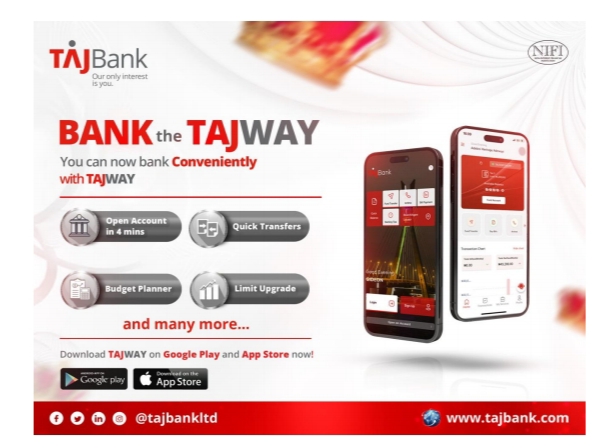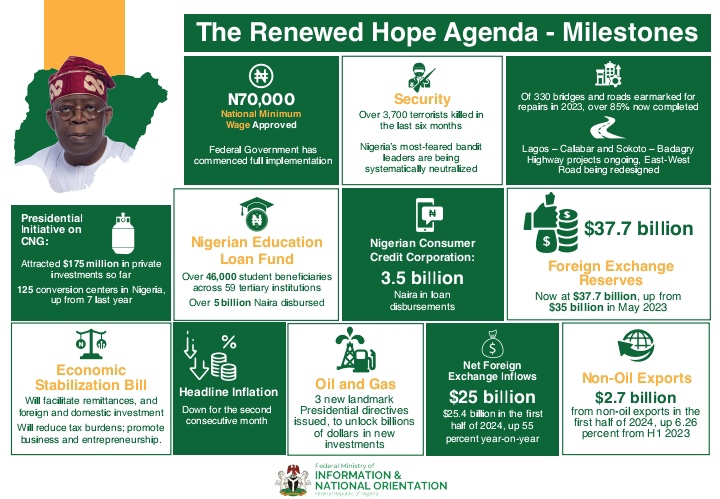What unites people? Armies? Gold? Flags? Stories. There’s nothing in the world more powerful than a good story. Nothing can stop it. No enemy can defeat it. -Tyrion Lannister, Game of Thrones
Great story telling can help you rally a team, sell a product or convince a skeptic and even advance your career! If you have hard facts to sell and theories to tell and you want your audience to remember them, link them with an amazing story! You will be astonished at the results. Stories purge emotions. Link a fact or figure with a strong emotion and the results you get are truly stunning.
Stories are the medium of human communication. Douglas Kruger, South African public speaker gives us an excellent device: In some of your stories, make the audience the main character. “You arrive at the office and you see this… Then you react like that… Then the next things happens to you.” Hypothetical examples that use audience as protagonists are difficult to ignore. They can play on fear and failure or on strategy and success. For instance you could tell an audience that you are encouraging to embark upon self development: “Imagine yourself, three years from now, sitting in the same cubicle in your office receiving the same salary but this time, the cost of living has risen higher than you expect!”
Great story telling can help you rally a team, sell a product or convince a skeptic and even advance your career!
There are three concepts of storytelling that purge emotion in the human being. If we want to succeed with them we must invest in peoples’ emotions. Functional story telling teaches us that we appeal to the emotions of our listeners or readers from various perspectives, depending on the emotion we wish to affect. We can give the audience a sip of the Angels Cocktail-
The same hormones and neurotransmitters can be released by a good story. These include dopamine, oxytocin, and endorphins the “angel’s cocktail.”
When dopamine is released into your blood, it results in more focus, a lot of motivation, and a drastically improved memory. Stories about intense or tasking situations can increase dopamine levels. As you hear such a story, you recreate it in your mind, feeling the intensity, which releases dopamine. If you want your stories to have this effect, build suspense or launch a cliffhanger. All storytelling, by definition, are always something we suspect and are waiting for, causing the release of dopamine.
The effects of oxytocin make you more generous, trusting, and ready to bond and possibly help in a situation. This is what is released in your blood when you hear a sad story. It makes us feel relaxed and more human as we bond to the storyteller. In storytelling, you create empathy in whatever character you build.
To demonstrate the power of storytelling, David JP Phillips opens with a story about Rob Walker, a journalist and his significant objects project. Walker buys 200 objects from eBay for a total of $129. He then had 200 authors write stories about the objects, describing them and highlighting their attributes before reselling them. What he found was the stories had an amazing impact on the prices. In the end, he sold the 200 objects for close to $8,000!
We can also use what is known as the “Devil’s cocktail.” This is when our story draws higher levels of cortisol and adrenaline produced in response to a scary or stressful situation we may have created. This cocktail makes people intolerant, irritable, uncreative and critical.
If you cannot weave a story around your presentation, be a strong iconic person who uses metaphors and comparisons extensively. The metaphors and comparisons will register in the minds of the listeners so deeply that it would be difficult for them to forget. Think back and imagine: who was your favorite teacher in secondary school? Most of the people you remember as your favorites are normally people who were good at story telling!
Functional story telling is a powerful tool of expression in public speaking of all kinds.
Let us see how this works:
My wife and I had been expecting a baby. And we told our 5 years old son, Thomas, that he was going to be a big brother soon. As my wife’s time drew near we began to decorate the baby’s room and our son helped to pick out toys and colours of the bed and the wall paper.
On the day of delivery I took my wife to the hospital fully expectant. We left Thomas with a neighbour who had promised to take care of him till we returned. As I paced the waiting room, expecting the good news, I imagined how Thomas would feel once we bring his baby sister home. Then a turn of events that were difficult to explain occurred. A matron came from the delivery room with a stern look on her face. Before she begun to talk to me I knew something had gone wrong. “Sir, we regret to tell you that the baby was still born!” I didn’t know how to respond. I was lost. “Sir, please come and comfort your wife.” The Matron’s words came to me from a far distance. One major thought came to my mind: What will I tell Thomas? How do you tell a 5 years old boy that his sister is dead even before he saw her?
This story is typical example of what can be done to influence your audience. Functional story telling is a powerful tool of expression in public speaking of all kinds.
*Ogundadegbe is a renowned management consultant. He trains managers and executives in the arts of Customer Service, Human Resources Management and Management strategy ([email protected]).













